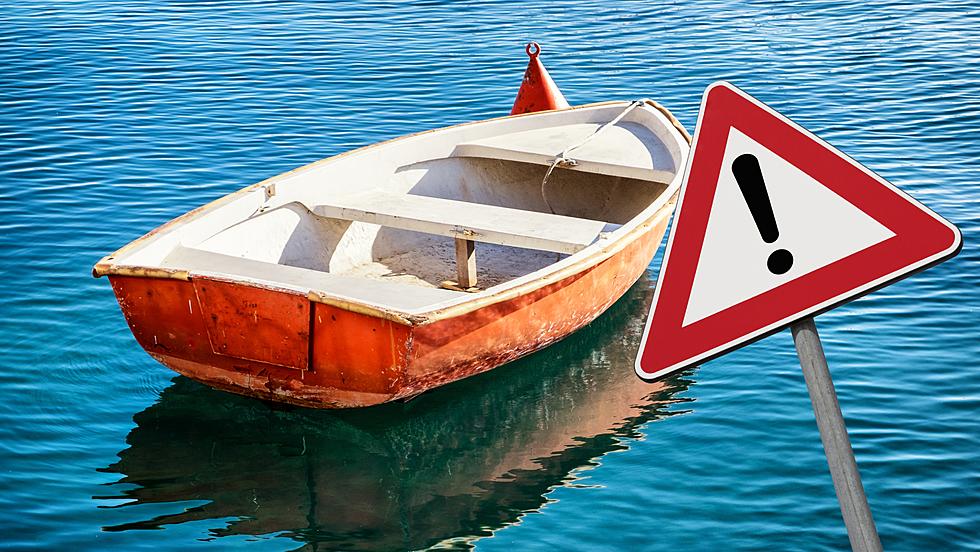
The Most Dangerous Lakes Across Texas
Enjoying a day out on the water sounds relaxing to many, even though people know that there are instant dangers on the lake. Obviously you have to be concerned about drowning whenever you're on a lake. That's why we have life jackets, and why there are many law and requirements surrounding them on bodies of water.
But what about all of the other dangers in the water? Outside of drowning, what is the next danger that comes to mind?
Boating accidents can lead to numerous injuries, or even death. With "boating while intoxicated" being a misdemeanor offense in Texas, boating accidents should be a major consideration for those planning to hit the waters.
However the dangers on Texas waters isn't limited to boats and the people piloting them. There are dangers created by the things in the water too. Not just big scary one either, even though they are included in our considerations. You have to be worried about the dangers you can see coming, and the ones you can't.
Even though alligators are more commonly associated with states like Louisiana and Florida, officials say around half a million gators call Texas waters home. The dangers of alligators are pretty obvious...you know, with the teeth and claws and all of that. Even though they can be really good at hiding, they're big enough that you can often spot them from a distance.
Then there are dangers you can see, but even when looking directly at them, they don't look dangerous at all.
Toxic algae blooms in Texas have been responsible for numerous dog fatalities. They can also harm humans who come in contact with the algae. Including skin burns and respiratory problems. The worst part, once the toxic algae has taken over a body of water, there's no solid way to remove it. Experts say the only way to avoid the expansion of these blooms in Texas is to attack the root cause; fertilizers.
These toxic algae blooms flare up when fertilizer runoff feeds the algae and allows it to grow into unstoppable forces. Limiting the runoff or ending the fertilizer use would be the only solid way to protect against algae infestations.
But what about the dangers you can't see with your eyes, even if its right in front of you?
Texas waters are full of bacteria that can cause serious issues to humans and pets, as well as fatal brain eating amoebas.
While most people are aware of bacterial contaminations of waters, and the dangers associated with them, fewer people know the facts behind waterborne brain eating amoebas. The scientific term is Naegleria fowleri, and it is a naturally occurring amoeba. It can be found in warm bodies of water, including fresh water bodies, hot springs, and even in homes. The dangers of these amoebas are very serious, but also pretty uncommon.
There have only been about 150 cases of brain eating amoeba infections recorded in the US since the 1960s. However, there is no treatment for infections. All but a small handful of those infected died. Fatalities happen quickly too, usually within days of exposure.
Even with all of these dangers that exist in Texas waters, your chances of having something tragic happen to you is low. As long as you stay safe, pay attention, and monitor water quality before you take your next trip out on the boat or for a swim.
